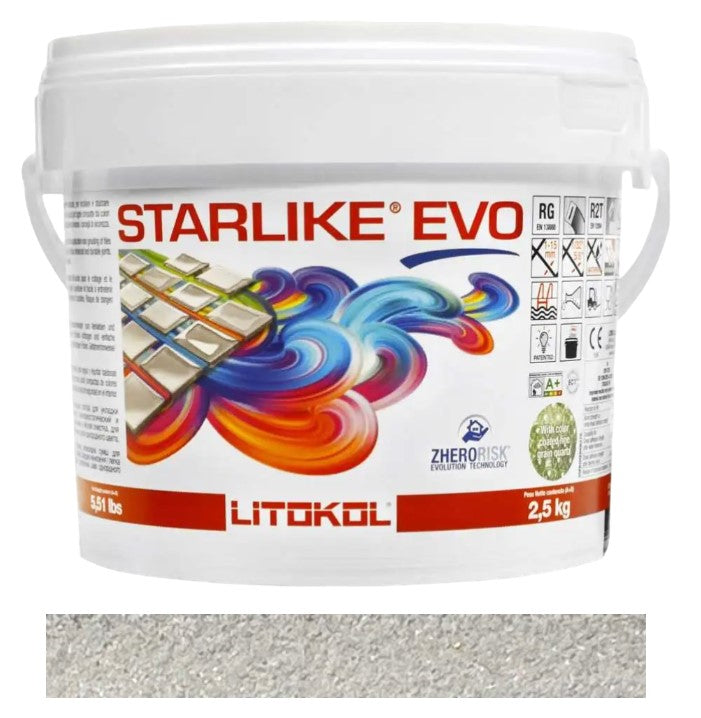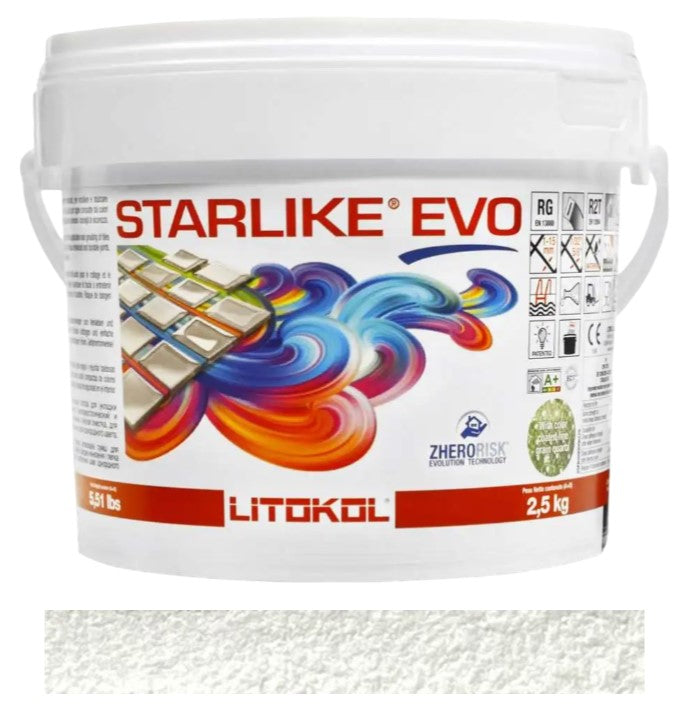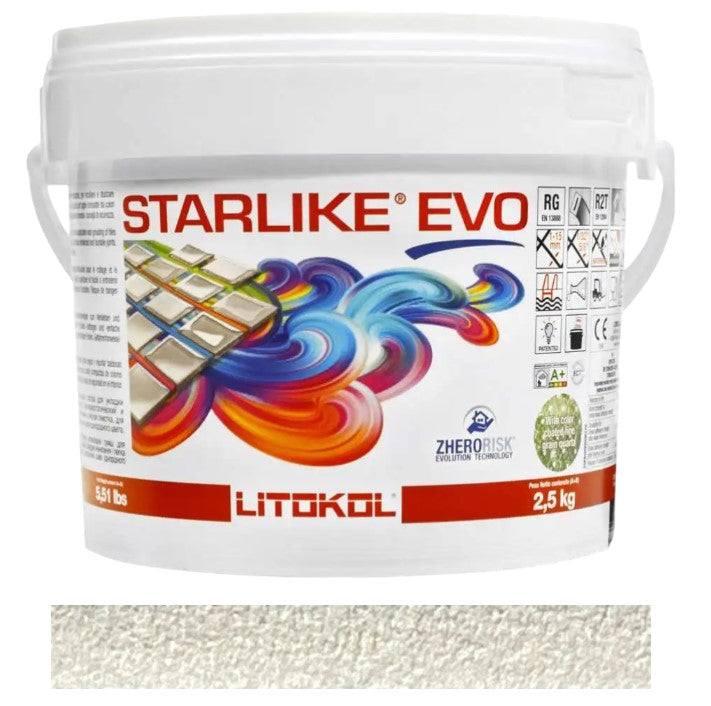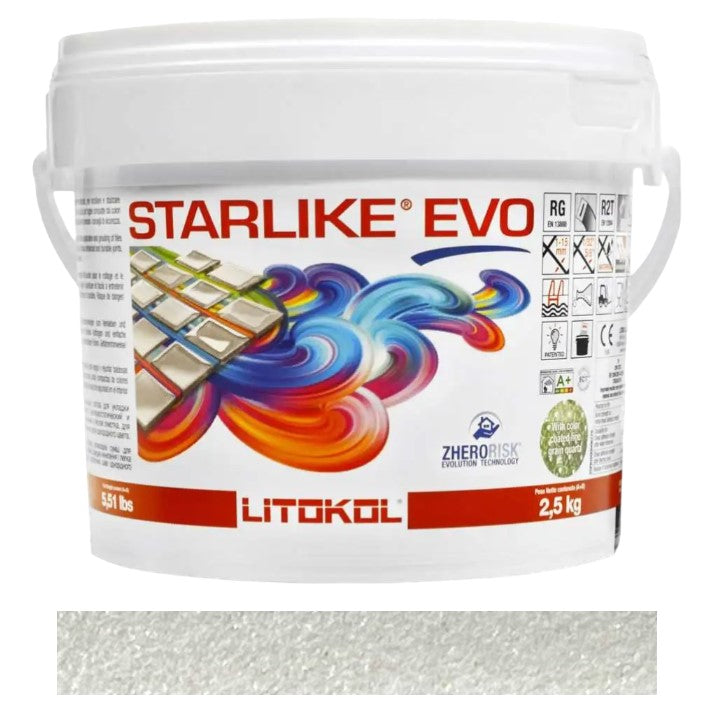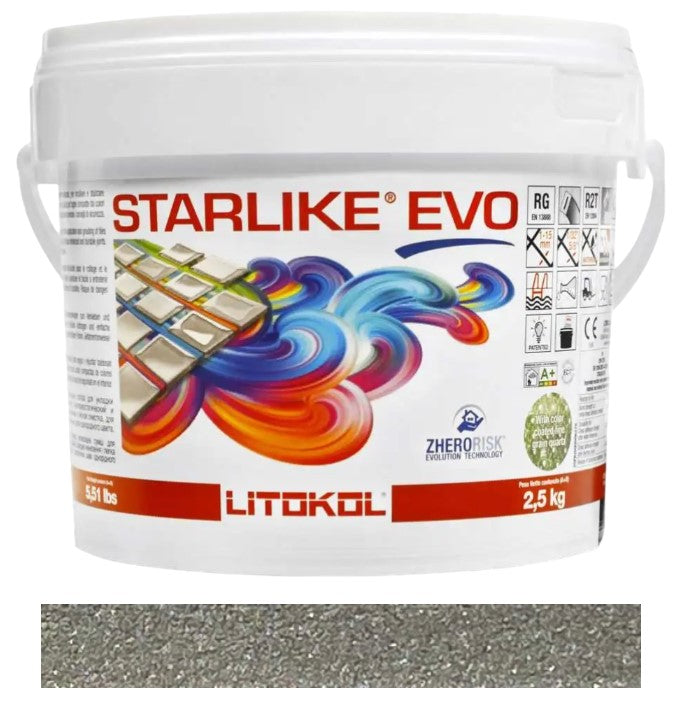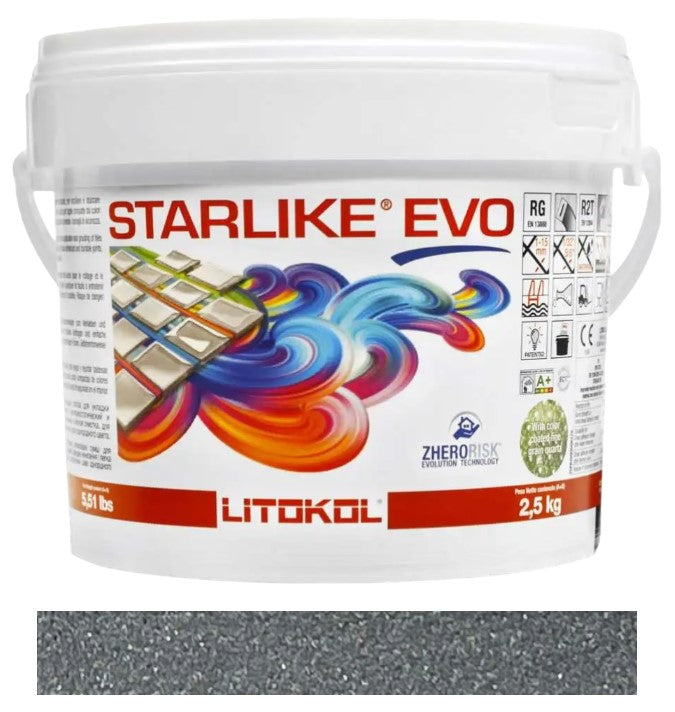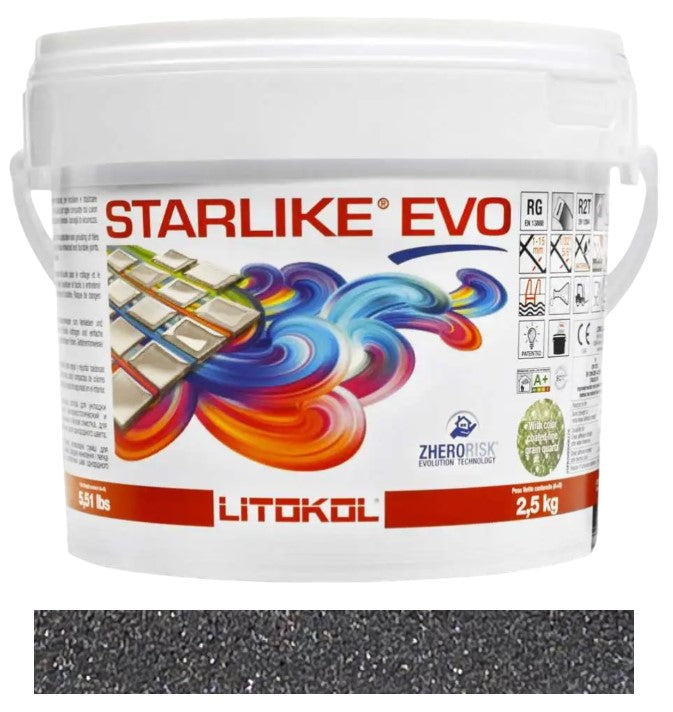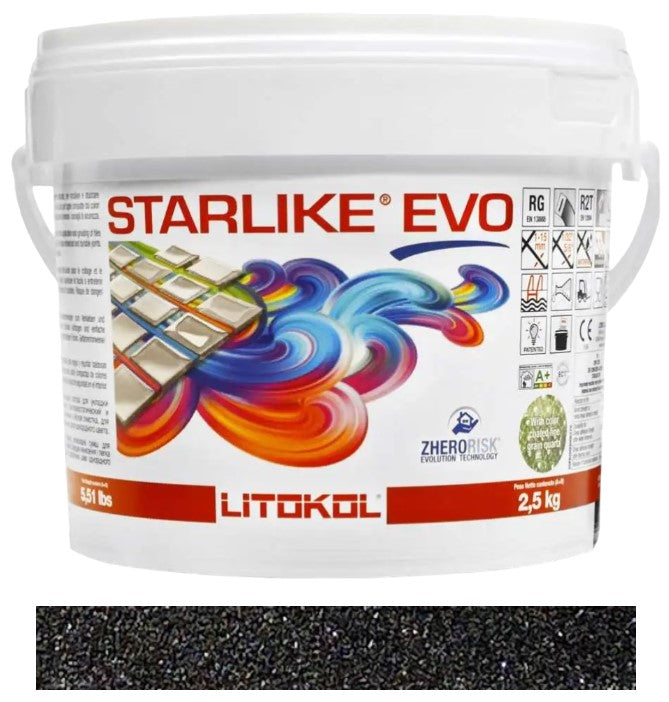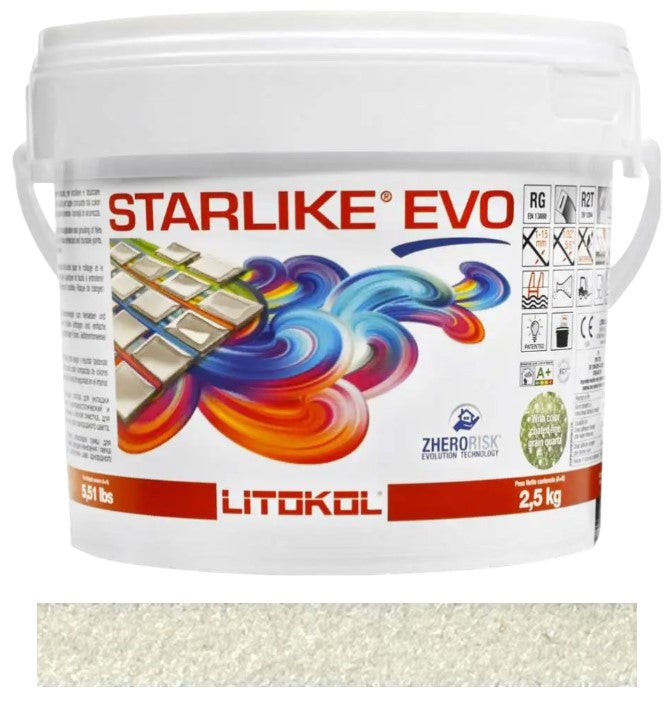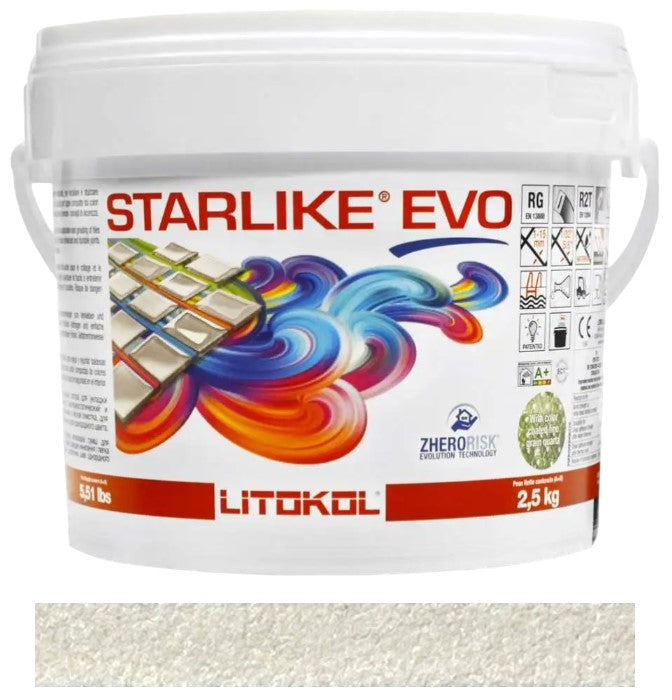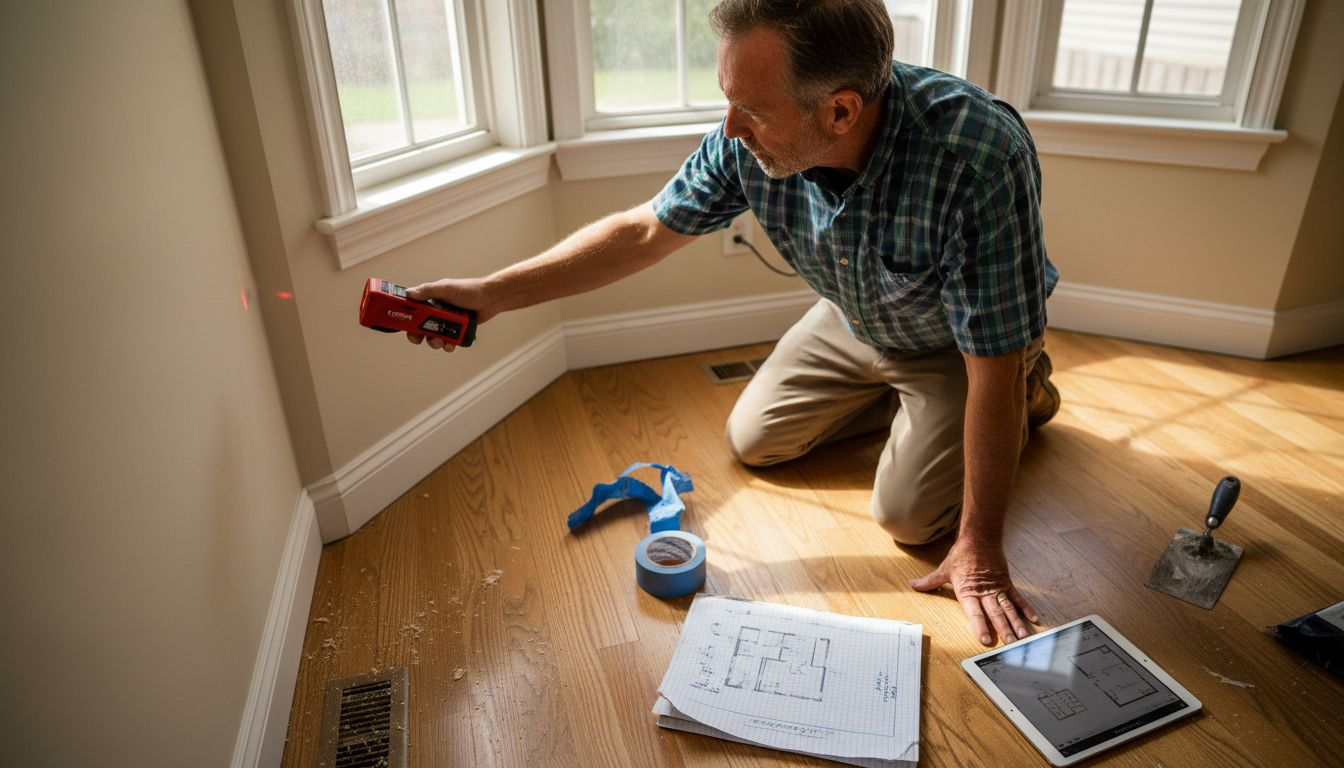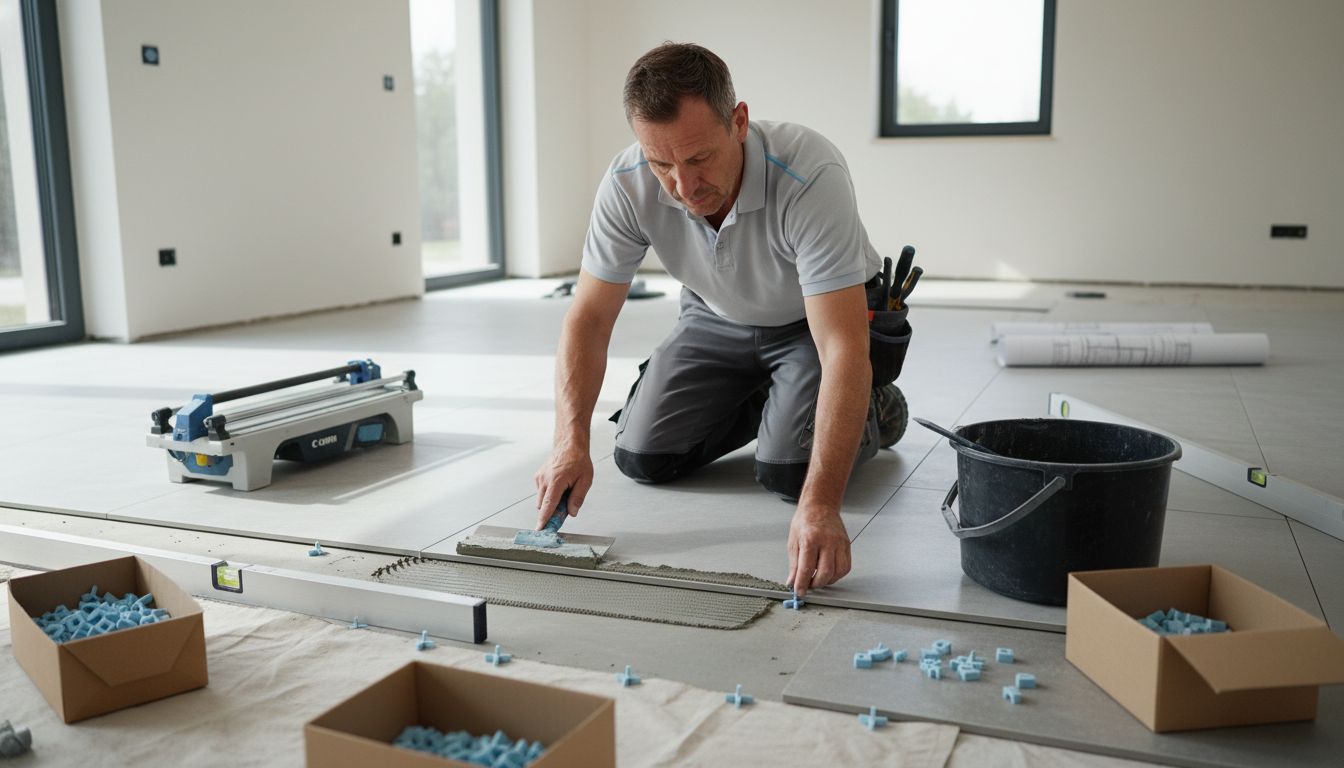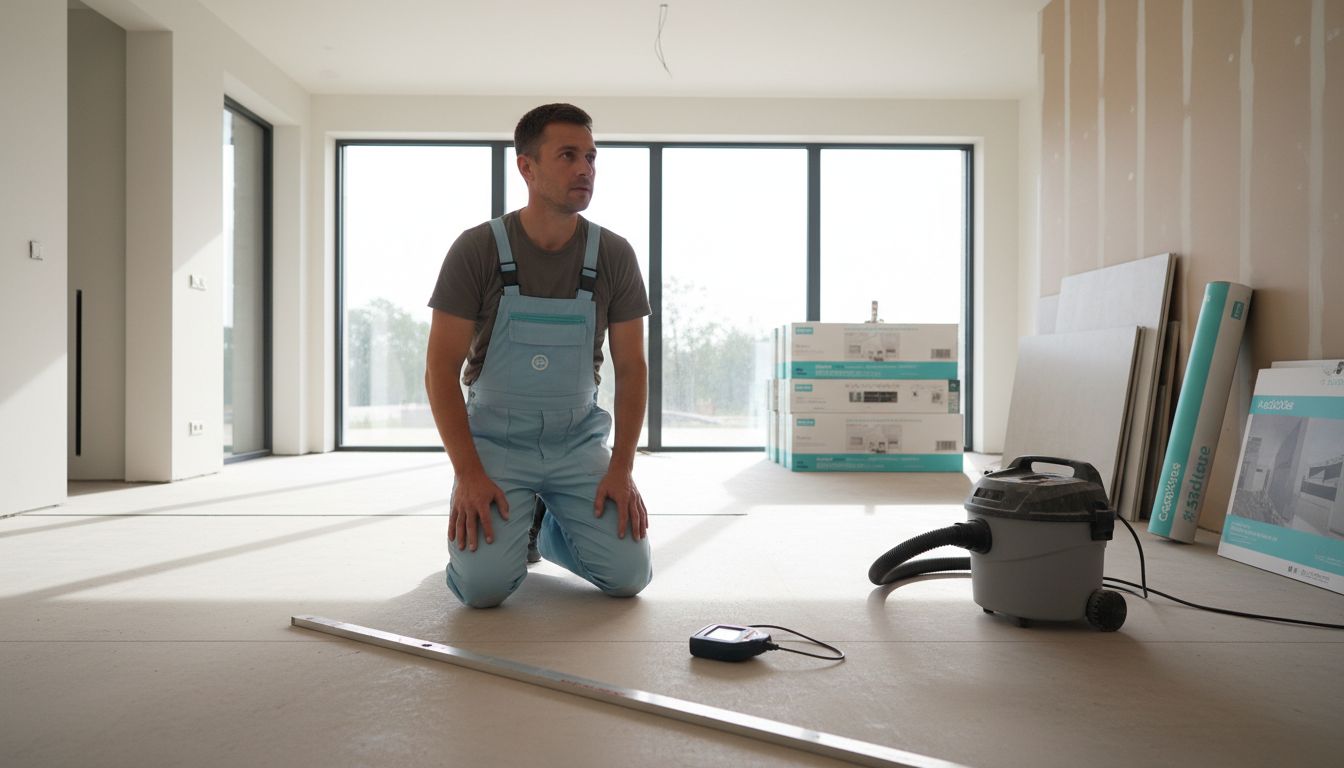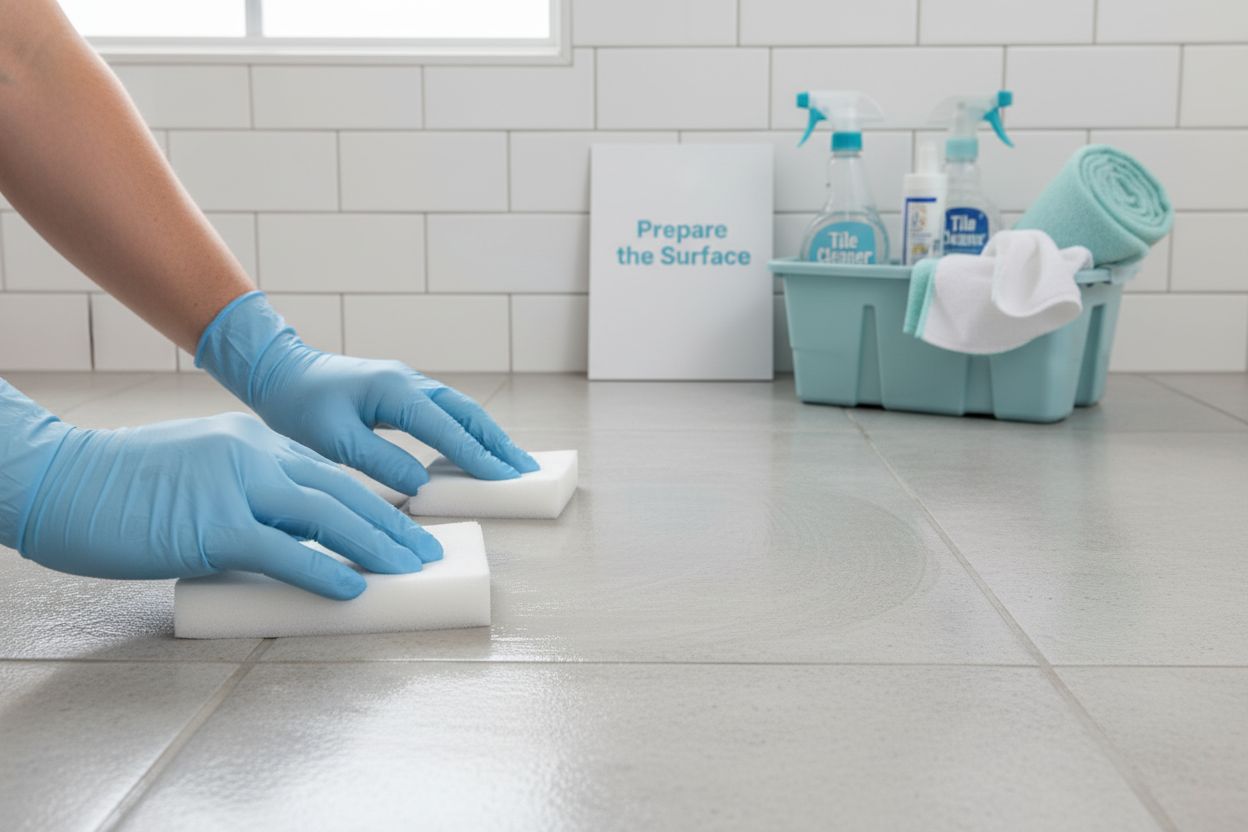Tile installation sounds simple but it is actually one of the most technical upgrades a homeowner can make. Most people think it is all about picking a color and style that matches the room. But it does a whole lot more than look good. A well-installed tile surface can protect against water damage and create an easy-to-clean space and professional tile work can increase your home’s value by thousands of dollars. Some tiles last for decades with barely any maintenance. There is much more to this process than meets the eye.
Table of Contents
- What Is Tile Installation And Its Purpose?
- Why The Cost Of Tile Installation Matters For Homeowners
- Factors Influencing The Cost Of Tile Installation
- Comparing Different Types Of Tiles And Their Costs
- The Long-Term Value Of Investing In Quality Tile Installation
Quick Summary
| Takeaway | Explanation |
|---|---|
| Tile installation enhances durability and aesthetics. | Proper tile installation protects surfaces and increases visual appeal, making spaces more functional and attractive. |
| Investing in quality installation saves money long-term. | Quality installations minimize future repair costs and reduce maintenance, providing significant financial benefits over time. |
| Material choice impacts installation costs. | Different tile types, like natural stone versus ceramic, significantly affect overall pricing based on quality and complexity. |
| Professional installation ensures structural integrity. | Expertly installed tiles prevent moisture damage and ensure long-lasting durability in various environments. |
| Hidden costs arise from improper installation. | Poor installation can lead to structural issues and additional expenses, making professional help essential for economic efficiency. |
What is Tile Installation and Its Purpose?
Tile installation is a complex home improvement process that involves systematically placing individual tile pieces to create functional and aesthetically pleasing surfaces in residential and commercial spaces. At its core, tile installation transforms bare floors, walls, and other surfaces into durable, visually appealing areas that serve both practical and decorative purposes.
Understanding the Fundamental Purpose
The primary purpose of tile installation extends far beyond mere decoration. Tiles provide critical protective layers for underlying surfaces, preventing moisture damage, enhancing structural integrity, and creating easy-to-clean environments. Explore different tile types that can transform your space and understand how each material offers unique benefits for various applications.
Tile installations serve multiple critical functions:
- Surface Protection: Shields underlying structures from water, stains, and physical wear
- Aesthetic Enhancement: Creates visually striking design elements in kitchens, bathrooms, and living spaces
- Durability: Provides long-lasting surface solutions that withstand heavy traffic and environmental challenges
Technical Aspects of Professional Tile Installation
Professional tile installation requires precise technical skills and comprehensive understanding of surface preparation, material selection, and application techniques. Professionals assess substrate conditions, select appropriate adhesives and grouts, and ensure perfect alignment and spacing. The process involves careful measurement, cutting, positioning, and securing tiles to create seamless, structurally sound surfaces that can endure years of use.
Whether for residential renovations or commercial construction, tile installation represents a strategic investment in both functional performance and visual appeal. By selecting the right materials and employing expert installation techniques, homeowners and designers can transform ordinary spaces into extraordinary environments that combine practicality with aesthetic sophistication.
Why the Cost of Tile Installation Matters for Homeowners
Tile installation represents a significant financial investment that impacts both immediate budgetary considerations and long-term property value. Understanding the nuanced economic implications helps homeowners make informed decisions about their home improvement projects and potential return on investment.
Financial Implications of Quality Installation
The cost of tile installation goes far beyond the initial material and labor expenses. Improper installation can lead to substantial hidden costs, including structural damage, moisture penetration, and premature tile replacement. Learn more about mixing tile patterns to maximize your design investment and understand how strategic choices can enhance both aesthetic and financial value.
Homeowners should consider several critical financial factors:
- Long-Term Durability: High-quality installation reduces future repair and replacement expenses
- Property Value Enhancement: Professional tile work can significantly increase home market value
- Maintenance Cost Reduction: Properly installed tiles require less frequent repairs and maintenance
Understanding Hidden Economic Factors
According to the Ceramic Tile Education Foundation, professional installation is crucial in preventing costly future repairs. Qualified installers ensure proper substrate preparation, precise tile placement, and appropriate material selection, which directly impacts the project’s overall economic efficiency.
Beyond immediate expenses, tile installation represents a strategic investment in home performance. Quality tiles and expert installation provide thermal insulation, moisture resistance, and aesthetic appeal that contribute to both comfort and property valuation. Homeowners who approach tile installation as a comprehensive financial decision rather than a mere aesthetic upgrade can optimize their investment and enjoy long-lasting, valuable home improvements.
Factors Influencing the Cost of Tile Installation
Tile installation costs are complex and multifaceted, involving numerous variables that impact the overall project expense. Understanding these factors helps homeowners make informed decisions and budget effectively for their home improvement projects.
Material Selection and Quality
The type and quality of tiles represent a primary cost driver in installation projects. Ceramic, porcelain, natural stone, and specialty tiles vary dramatically in price, with premium materials significantly increasing overall expenses. Explore the best tiles for different home areas to understand how material selection impacts both cost and performance.
Key material cost considerations include:

- Tile Type: Natural stone tiles cost more than ceramic or porcelain
- Tile Grade: Higher-quality tiles with complex designs or rare materials increase expenses
- Size and Complexity: Larger tiles or intricate patterns require more labor and precision
Labor and Installation Complexity
According to the Ceramic Tile Education Foundation, professional installation expertise dramatically influences overall project costs. Factors such as surface preparation, room layout, and tile placement complexity can significantly impact labor expenses.
Installation complexity encompasses several critical elements:
- Surface Preparation: Uneven surfaces requiring extensive preparation increase labor costs
- Room Configuration: Rooms with multiple angles, obstacles, or intricate layouts demand more time
- Substrate Condition: Existing floor or wall conditions may require additional work before tile installation
Beyond direct material and labor expenses, homeowners must consider long-term value. Investing in high-quality materials and professional installation ensures durability, reduces future maintenance costs, and preserves the aesthetic appeal of the tiled space. Comprehensive evaluation of these factors allows for strategic budgeting and optimal tile installation outcomes.
Comparing Different Types of Tiles and Their Costs
Understanding the diverse landscape of tile materials is crucial for homeowners seeking cost-effective and aesthetically pleasing home improvement solutions. Each tile type offers unique characteristics that impact both initial installation expenses and long-term maintenance costs.

Ceramic and Porcelain Tile Considerations
Ceramic and porcelain tiles represent the most common and versatile tile options, with significant variations in pricing and performance. Learn about the key differences between tile types to make informed selection decisions.
Key characteristics of ceramic and porcelain tiles include:
- Cost Range: Ceramic tiles typically cost $5-$20 per square foot
- Durability: Porcelain tiles offer higher density and water resistance
- Application Flexibility: Suitable for floors, walls, and various residential spaces
Natural Stone and Specialty Tile Pricing
According to research from the Public Library of Science, natural stone tiles demonstrate complex economic considerations. While initial installation costs are higher, their long-term value can exceed traditional ceramic options.
Natural stone tile cost factors include:
- Material Variability: Granite, marble, and slate have distinct price points
- Installation Complexity: Requires specialized preparation and expert handling
- Maintenance Requirements: Some stones need periodic sealing and specialized care
Beyond direct material expenses, homeowners must evaluate each tile type’s performance characteristics. Factors such as moisture resistance, wear tolerance, and aesthetic longevity play critical roles in determining true economic value.
The table below summarizes the key differences between common tile types available to homeowners, helping you compare features and cost factors at a glance.
| Tile Type | Cost Range (per sq. ft.) | Durability | Installation Complexity | Maintenance Requirements |
|---|---|---|---|---|
| Ceramic | $5 - $20 | Moderate | Low to Moderate | Low |
| Porcelain | $6 - $25 | High (dense, water-resistant) | Moderate | Low |
| Natural Stone | $10 - $30+ | High (varies by stone) | High (special preparation) | Medium to High (may require sealing) |
| Specialty Tiles | Varies | Varies | High (custom handling) | Varies |
| Strategic tile selection balances upfront costs with anticipated performance, ensuring a wise investment in home improvement that combines beauty, functionality, and financial prudence. |
The Long-Term Value of Investing in Quality Tile Installation
Quality tile installation transcends immediate aesthetic improvements, representing a strategic investment in home infrastructure that delivers substantial financial and functional benefits over time. Homeowners who prioritize professional installation and superior materials can expect significant long-term advantages that far outweigh initial cost considerations.
Durability and Performance Advantages
Professional tile installation creates a robust surface that withstands daily wear, moisture exposure, and environmental challenges. Explore luxurious tile design possibilities to understand how strategic material selection enhances both performance and visual appeal.
Key performance benefits include:
- Structural Integrity: Professionally installed tiles prevent moisture penetration and substrate damage
- Wear Resistance: High-quality installation techniques minimize cracking and premature deterioration
- Thermal Stability: Proper installation ensures better insulation and temperature regulation
Financial Implications of Quality Installation
According to the Ceramic Tile Education Foundation, investing in premium bonding materials and professional installation techniques represents a cost-effective long-term strategy. The minimal additional expense during initial installation can prevent substantial future repair and replacement costs.
Economic considerations for quality tile installation encompass:
- Reduced Maintenance Expenses: Properly installed tiles require minimal ongoing maintenance
- Enhanced Property Value: Professional tile work increases home market valuation
- Extended Lifespan: Quality installations can last decades with minimal degradation
Beyond monetary considerations, superior tile installation delivers intrinsic value through improved home aesthetics, functionality, and overall living experience. Homeowners who view tile installation as a comprehensive investment rather than a simple cosmetic upgrade position themselves to enjoy superior performance, visual appeal, and financial returns over the property’s lifetime.
Take Control of Your Tile Installation Costs and Experience the Difference
Are you worried about hidden costs, durability, and whether your tile choices will truly last? The article uncovered that poor planning and subpar installation can cost homeowners much more in repairs and replacements over time. If you want to avoid costly mistakes and ensure every dollar you spend on your next tile installation delivers lasting value, you deserve a trusted partner who meets those goals.

Explore the curated collections, transparent pricing, and expert support waiting at TileChoices.com. Visit our main site now to browse high-quality tiles designed to fit your project’s needs and budget. Ready to invest in stunning results you can count on? Shop with confidence and get inspired to start your project today.
Frequently Asked Questions
What factors influence the cost of tile installation?
The cost of tile installation is influenced by multiple factors, including the type and quality of tiles, labor costs related to installation complexity, and the condition of the substrate being worked on. High-quality tiles and complex layouts may increase expenses significantly.
How can homeowners ensure they get the best value for tile installation?
Homeowners can ensure the best value by investing in professional installation services, selecting durable materials, and accounting for long-term maintenance costs. Quality installation and the right materials enhance both aesthetic appeal and property value over time.
What are the benefits of professional tile installation compared to DIY?
Professional tile installation offers precision in placement, proper surface preparation, and the right choice of materials, minimizing risks of moisture penetration and damage. While DIY may save initial costs, professional services can prevent costly repairs down the line.
How does the type of tile affect installation costs and durability?
Different types of tiles, such as ceramic, porcelain, and natural stone, vary in cost and durability. For instance, natural stone tiles are typically more expensive but offer greater longevity, while ceramic tiles are cost-effective but may not be as durable in certain environments.



